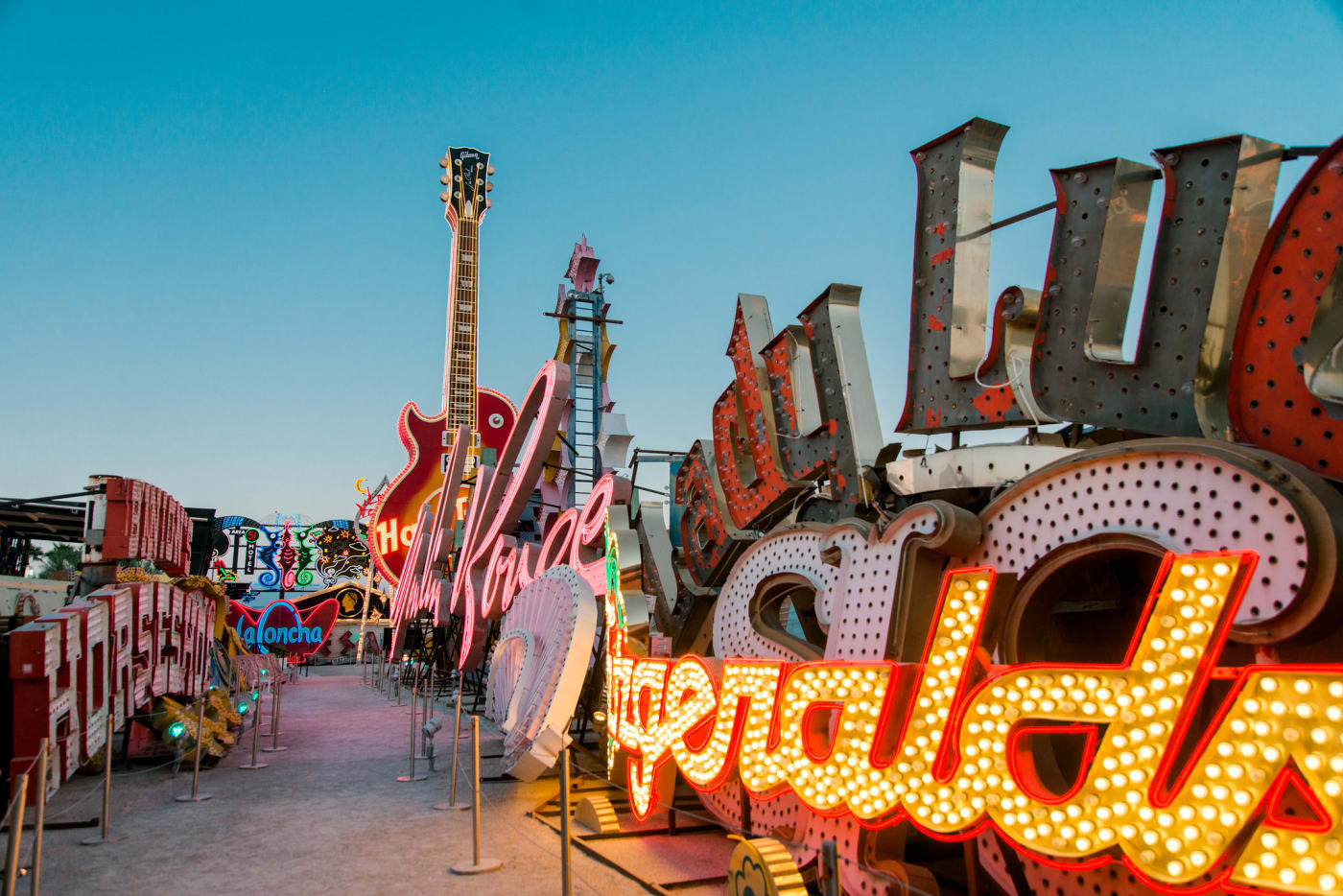EARLY LIFE AND MUSICAL BEGINNINGS
Les Paul showed an early interest in music and taught himself how to play the harmonica, banjo, and guitar in addition to taking piano lessons.
In addition to being a gifted musician at an early age, he was also interested in engineering and the mechanics of music. He built his own harmonica rack to play the guitar and harmonica at the same time, and even built a recording machine using parts from a car and a dentist drill!
He started performing semi-professionally at the age of 13 and in high school, he joined a traveling band and went by the stage name “Red Hot Red.”
THE MUSICIAN
Les Paul’s musical career took off in the 1930s and 1940s when he played with prominent jazz and country bands. He formed the Les Paul Trio and became a sought-after session musician. His unique playing style, characterized by fast runs and inventive licks, set him apart from his contemporaries.
Paul’s collaboration with his wife, Mary Ford, in the 1950s produced a series of hits, blending his pioneering multi-track recording techniques with her smooth vocals. Together, they created classics like “How High the Moon” and “Vaya Con Dios,” which showcased his innovative guitar sound and recording methods.
THE INVENTOR
Les Paul’s contributions to music technology are as significant as his musical achievements. He was driven by a relentless pursuit of better sound and more creative possibilities.
In the 1940s, Paul developed the “Log,” a solid block of wood with strings and pickups, which became the prototype for the modern electric guitar. His invention was initially met with skepticism, but it eventually gained acceptance and led to the development of the Gibson Les Paul, one of the most iconic electric guitars in history.
Paul’s innovations didn’t stop there. He pioneered multi-track recording, a technique that allowed for the layering of multiple recordings to create a richer, more complex sound. This technology transformed the recording industry, enabling artists to experiment with new sounds and production techniques. Additionally, Paul invented sound-on-sound recording, tape delay, and echo effects, which are now standard tools in music production.
THE LES PAUL FOUNDATION
Founded by Les Paul in 1995, the Les Paul Foundation continues his legacy by supporting music education, engineering, and innovation. The foundation’s mission is to inspire and educate future generations through the story and contributions of Les Paul. It provides grants and resources to organizations and educational programs that align with Paul’s vision of fostering creativity and technical skill.
STEM-STEAM INITIATIVES
The Les Paul Foundation emphasizes the importance of integrating arts with science, technology, engineering, and mathematics (STEAM). By highlighting Paul’s inventive spirit and musical genius, the foundation aims to encourage students to explore the connections between these fields.
The foundation’s website offers a variety of educational resources, including lesson plans, maker kits, and slide decks that explore topics such as sound engineering, musical intervals, and the physics of sound.
COMMUNITY ENGAGEMENT
The Les Paul Foundation also engages with the community through exhibits, events, and partnerships with other organizations. It supports music programs in schools, provides scholarships for aspiring musicians and engineers, and funds research in hearing health, a cause close to Paul’s heart due to his own experiences with hearing loss.
The Neon Museum was fortunate enough to receive a grant from The Les Paul Foundation to support our STEAM Saturdays.
LES PAUL’S LASTING IMPACT
Les Paul’s contributions to music and technology have had a profound impact on the industry. His inventions and innovations laid the groundwork for modern electric guitars and recording techniques, influencing countless musicians and producers. The Gibson Les Paul guitar remains a symbol of quality and craftsmanship, favored by legendary guitarists such as Jimmy Page, Eric Clapton, and Slash.
Through the Les Paul Foundation, his legacy continues to inspire and educate future generations. The foundation’s efforts to promote STEAM education and support music and technology initiatives ensure that Les Paul’s pioneering spirit will live on, encouraging innovation and creativity in new and exciting ways.

Hidden Signs in Las Vegas Neighborhoods
- Downtown Las Vegas
- Las Vegas History

The Neon Museum Welcomes Melisa McChesney as Director of Lifelong Learning
- Media Releases

How Many of the Signs Light Up?
- FAQs
- Our Spaces
